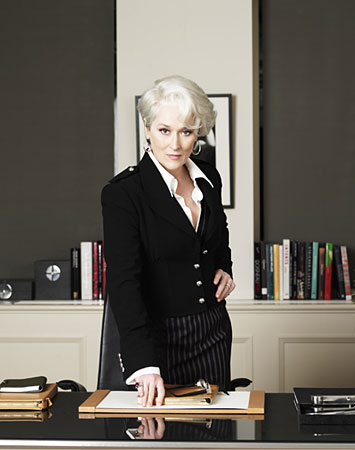Friday, April 17, 2009
The Results Are In...
Tuesday, April 14, 2009
Objectifying Men?
Excerpt from "Resisting Stereotypes and Working for Change"
Many media activists argue that producers should be called to account, and that images of women should be forced to be more realistic.
Some producers have taken the lead. In the late 1990s, cereal giant Kellogg released an ad campaign for Special K which used pictures of older and larger women, and copy such as "the Ashantis of Ghana think a woman's body gets more attractive as she ages. Please contact your travel agent for the next available flight." The ads attracted such positive attention that in 1999 they were followed up by a TV campaign.
Teen magazines are also getting a makeover. Although stories about "The perfect boyfriend—three ways to find him" continue to grace the cover of magazines like Cosmo Girl, the features inside are expanding beyond the requisite beauty tips and fashion spreads. In 2002, the Christian Science Monitor reported that teen mags were running stories about homeless teens, a young female Palestinian suicide bomber, and an actress who refused to lose weight to get a movie role.
Christina Kelly, editor of YM, made headlines when she announced that the magazine would no longer run stories on dieting and would include pictures of bigger models. Media activist Jean Kilbourne applauded the move, saying, "Any magazine that purports to be for girls and young women, dieting has no place in it. This is a step in the right direction... It would be wonderful if some other magazine editors would be equally as courageous."
To read more, click here.
Media Awareness On the Web!
www.media-awareness.ca/stereotyping/men_and_masculinity
www.media-awareness.ca/stereotyping/women_and_girls
Shop Like A Man
 I have never been a fan of shopping and I don't like wasting money. So when I shop, I make sure I need what I'm looking for and know what I want before I go looking. I try and get the best deals and do not mind getting last season's fashions on the clearance rack. My grandmother even said that I'm no fun to shop with because I shop like a man.
I have never been a fan of shopping and I don't like wasting money. So when I shop, I make sure I need what I'm looking for and know what I want before I go looking. I try and get the best deals and do not mind getting last season's fashions on the clearance rack. My grandmother even said that I'm no fun to shop with because I shop like a man.Who said that women have to love shopping? Why would my grandmother say that I am like a man?
The media has really fed this female stereotype. Movies like Clueless show women as wanting to spend their time and money shopping for the latest clothing. It also feeds the idea that women who do not shop like this are frumpy and manly.
In Clueless there was a girl, named Tai, who did not dress the same way as the others. She was labeled as frumpy, ugly, and needing help. Cher, the main character, took it upon herself to "help" Tai by changing her into a shopaholic.
Girls that don't like to shop are not frumpy, or manly. They do not need to be rehabbed into the stereotype. They are just women who prefer not to shop. We need to realize that the media creates these its own ideas about what women are like, and stop measuring real women against this standard.
Monday, April 13, 2009
Men in the Media Throughout Time





For the last sixty-plus years, the media perception of a man has changed drastically, but some stereotypes remained constant. From Clark Gable, to Sean Connery,Mel Gibson and Will Smith, men are always tough, suave and always get the girl. Here's just a sample of some of the male icons throughout history.
Best known for his appearance in Gone with the Wind, Clark Gable was the king of Hollywood during his film career.
Sean Connery has been around Hollywood for a long time, but he came to fame as the first actor to portray 007.
John Wayne, star of The Searchers, is one of the greatest western film stars of all time. Men still hold him as an icon to this day.
Mel Gibson was loved by women and made men desire to be like him. However, I will never where pantyhose like Gibson did in What Women Want.
Will Smith started as The Fresh Prince of Bel-Air, but is now one of the many male icons around today.
Tuesday, April 7, 2009
Women in the Media Throughout Time

June is a mother of two young boys, who spends her days cooking and cleaning up after the men in her life. It was rare to see June without her apron on and she always had a smile across her face. This character was typical of that era.
Now the media has taken to portraying women as headstrong, office moguls in some instances. Such is the case with Meryl Streep's Oscar-nominated role as Miranda Priestly from "The Devil Wears Prada."

Miranda is a big-time magazine editor with a ruthless character and no nurturing qualities about her. She has left behind the typical role of a woman to pursue the professional life.
BUT sometimes we are delighted with characters that portray more of a real-life woman. They are mothers or working women, who have not lost their nurturing abilities, but are also not overly optimistic clones. They have senses of humor and are easy to relate to. Take Debra from "Everybody Loves Raymond" who is a stay-at-home mom but is not a June Cleaver by any means.

She is witty, sensible, and educated but is a loving mother and wife who deals with real-life situations. Hopefully we see more female characters like Debra in our media.

